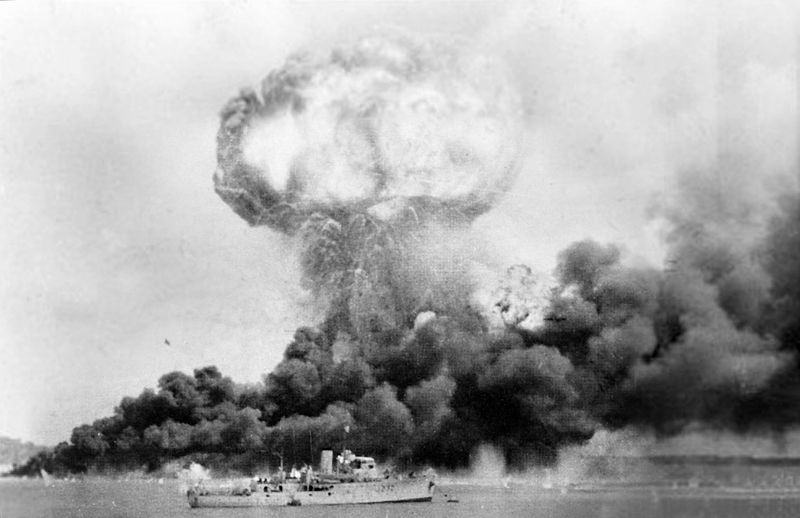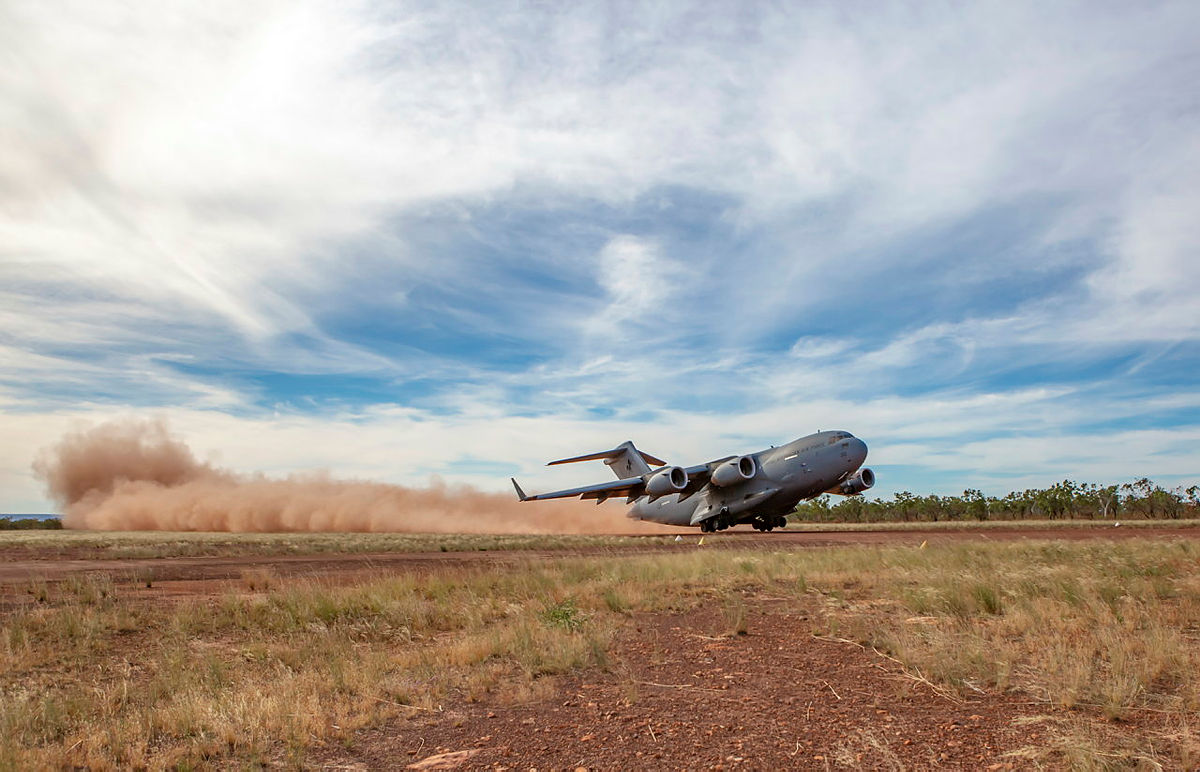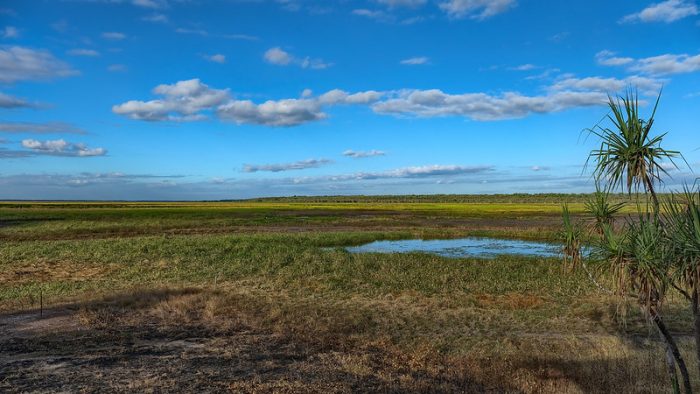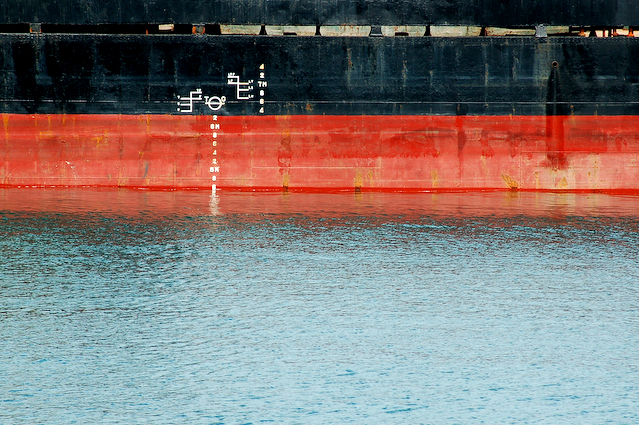Increasing northern Australia’s fuel reserves is about more than storage
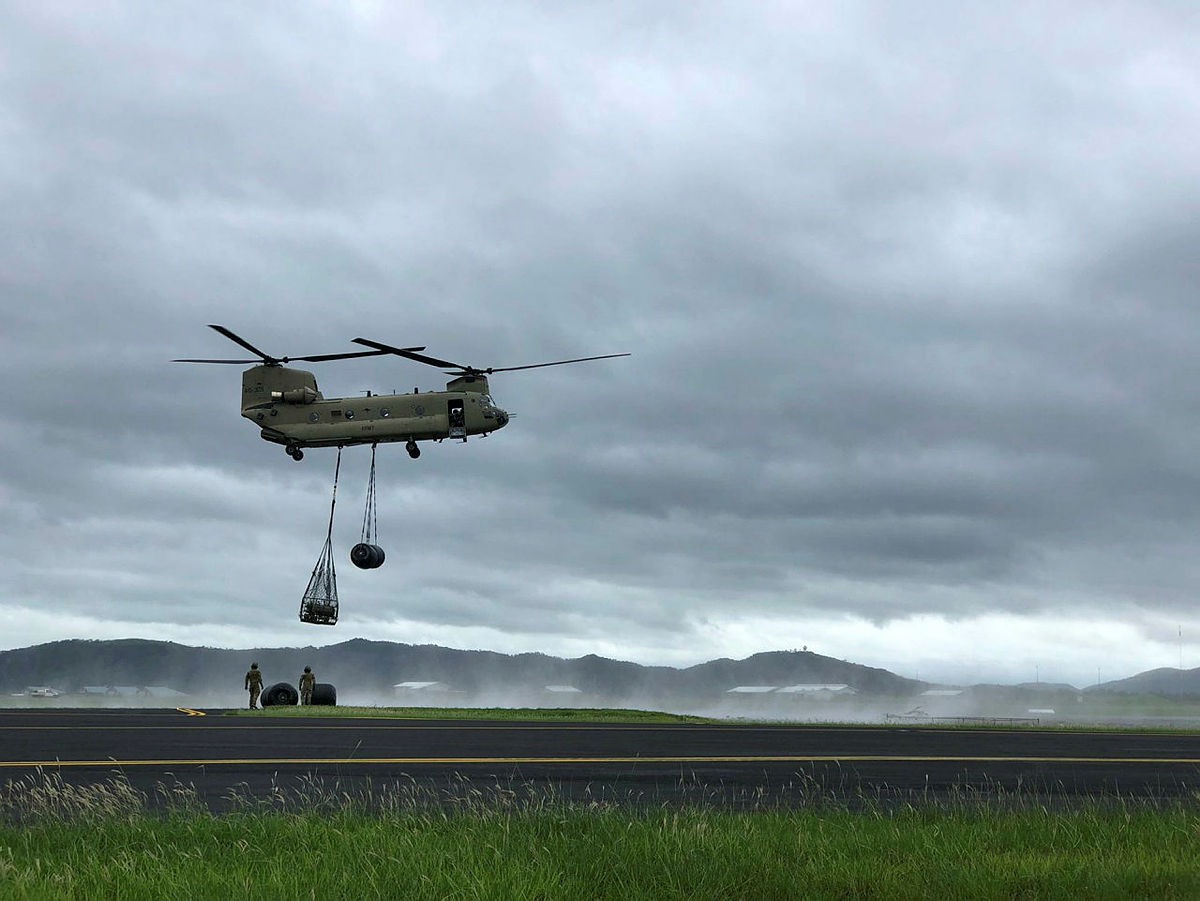
The past year has seen major progress in increasing the Northern Territory’s fuel storage capacity and fuel stockholdings—and there’s more to come. The expansion is spread across airfields and ports and comprises different fuel types, and, notably, the majority of the increase has come from projects to support both Australian and US military operations.
The fuel storage capacity at Royal Australian Air Force Base Darwin has been augmented by two new fuel tanks built as part of US Force Posture Initiatives. The recently completed project provided two ‘cut and cover’ tanks with a capacity of 8 million litres each.
Across the city at HMAS Coonawarra, planned infrastructure improvements include a new ready-use fuel facility providing a storage capacity of 6 million litres of diesel. Importantly, the associated distribution system includes connection to existing wharves, allowing for the efficient refuelling of the Royal Australian Navy’s patrol boat fleet.
As part of the upgrades announced by Prime Minister Scott Morrison at RAAF Base Tindal, an aviation fuel farm will be constructed providing a total storage capacity of 6 million litres. The distribution system supporting the farm will enable parked aircraft to be refuelled via trucks or directly using a hydrant system. The supporting infrastructure is designed to be integrated with another planned fuel farm that will be built to support the US Force Posture Initiatives.
The most significant construction will take place at the port of Darwin. In the wake of the joint announcement at the 2020 AUSMIN meeting of the establishment of a US-funded, commercially operated military fuel reserve in Darwin, the US Defense Logistics Agency has released a request for information for fuel operations support at the Port of Darwin.
The request seeks information from industry for capabilities, interest and potential sources for the receipt, storage and delivery of fuel from a facility that could hold 190 million litres of JP5-grade aviation turbine fuel (the primary jet fuel for the US Navy) and 110 million litres of commercial jet fuel. It also states that the expected throughput of fuel is around 64 million litres per year. While this would be enough to refuel more than 2,000 737s, it’s more likely the fuel will be used to resupply US Navy Military Sealift Command oilers to refuel US Navy ships at sea.
The Australian government’s $200 million diesel storage program, launched in January, provides another opportunity for increasing the fuel storage capacity in the north. The funding will support the construction of multiple diesel storage facilities across the country to hold an expected total of 780 million litres. The extra storage will assist Australia in meeting its minimum International Energy Agency stockholding obligations.
The NT Land Development Corporation has identified available land at Darwin’s East Arm port industrial estate, where both the US strategic fuel reserve facility and a new diesel storage facility could be constructed. However, the site is adjacent to the established Vopak terminal, the largest fuel storage facility in the Northern Territory.
While sensible from a cost and efficiency perspective, co-location increases risk and reduces resilience. If constructed at East Arm, both new facilities would be reliant on the current road and rail infrastructure to transport fuel to customers. In addition, offloading from ships would be dependent on access to the wharf leased by Chinese-owned company Landbridge and the single existing pipeline.
It would be better to construct a new port facility at another location, such as the previously identified Glyde Point site. While it would be more expensive, a new deep-water port co-located with the US strategic fuel reserve and national diesel storage facility would provide redundancy in the event the East Arm area was out of action for any reason. It would also increase Darwin’s overall port capacity, enabling a greater number of visits from military and commercial ships.
Despite the new projects, there’s still work to do. Increased storage capacity is all for nothing without fuel to fill the tanks. The key vulnerabilities for fuel supply in Australia continue to be the lack of domestic production and the fragility of logistics supply chains. Little of Australia’s fuel is produced in northern Australia, so it must come in either by ship from the north or by road and rail from the south. No aviation fuel is produced in Australia, so it all needs to be shipped in from overseas.
An increase storage capacity will also increase the demand on transport infrastructure. Darwin is serviced by a single road and a single rail route from the south, both of which are subject to temporary closures in the wet season. For RAAF Tindal, road delivery is the only option—a planned rail spur to the base was cancelled in 2020. Adding to the fragility is the limited availability of road trains and railway rolling stock.
The construction of additional fuel storage in the Northern Territory is a good first step in building national resilience. Follow-on projects that address Australia’s fuel-production and fuel-refining capacity and that strengthen supply chains will be required to truly deliver the fuel security the nation needs.

